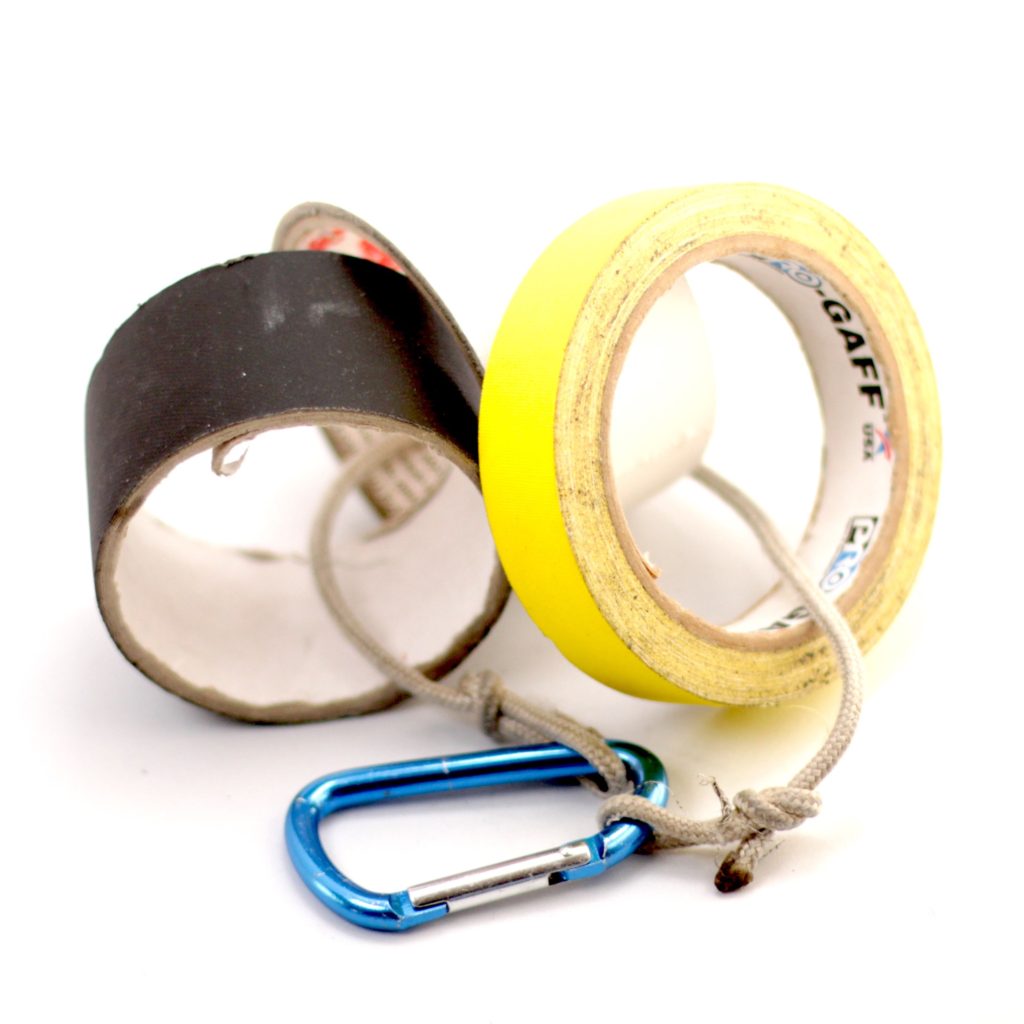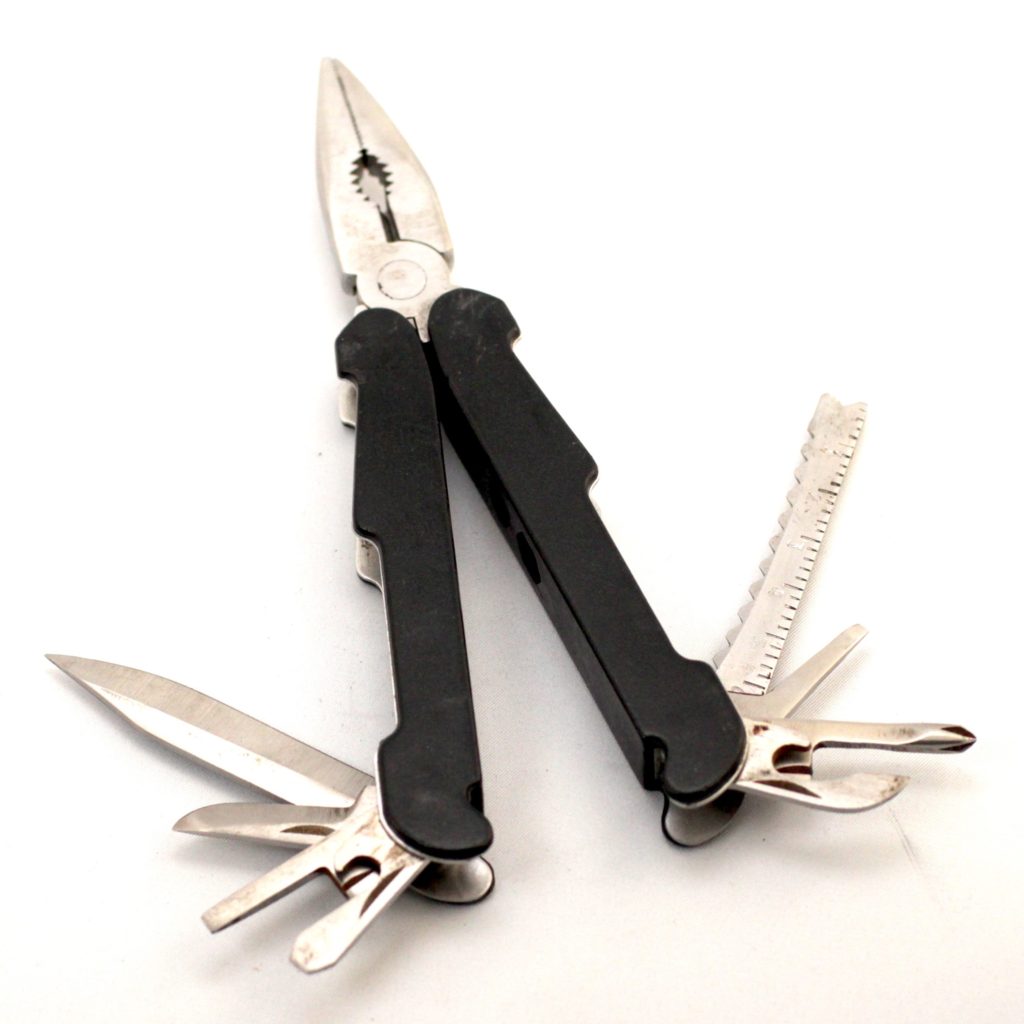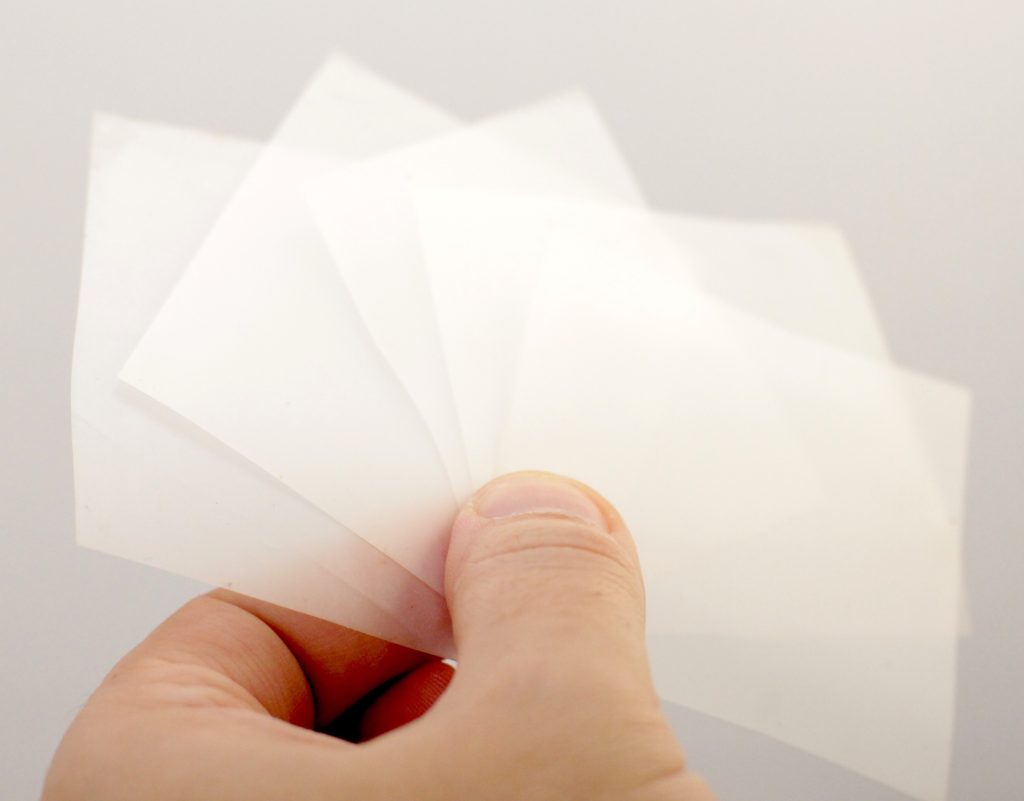Though the vast majority of kit for professional shoots is supplied by the production’s rental package, there are quite a few smaller things that will make your life considerably easier if you always have them with you.
I’ve left out most disposable items like gels / black wrap etc, but left in a couple of things that i’ve found are often not supplied, but can be a big help…
1) Gloves – Some like it Hot …but cold can be worse!

If you show up with only one thing as a spark it should be a pair of gloves. (Well, and some clothes obviously, unless you want to get arrested) Anyway, It’s a pretty physical job hauling around bits of hard metal and your hands will take a beating without something to protect them. Much of the equipment will have been stored in unheated vans and warehouses so can be freezing cold to the touch when unloading first thing in the morning.
…but on the flip side, once you fire up those big lights they will get way too hot to handle in seconds (and then take ages to cool down) Consequently you can get special gloves for the job with thick leather pads to protect you from these extremes – I personally use the “Dirty Rigger” brand. Just be aware that taking so much punishment will take its toll, so don’t expect them to last forever, but a decent pair should last you at least a year.
Top Tip: To prevent you from putting them down in the middle of doing something else, pair up a small carabiner and a crocodile clip so you can keep them attached to your belt at all times.
Top Tip 2: Take some rubber gloves with you too, as you never know when you might need to temporarily cover a smoke alarm / heat sensor if you need to use haze, but don’t have access to the fire alarm system.
2) Tapes – (2” Black & 1” Hi-vis tape + rope loop)

What self-respecting Gaffer would be without Gaffer tape!?! This one is so obvious it’s almost not worth mentioning, and to be honest most decent productions will supply 2” black gaffer tape.
NB: It is NOT to be confused with Duct (or Duck) tape… the shiny black (or silver) stuff that permanently sticks to everything and leaves a horrible sticky residue everywhere when you try to remove it… no, Gaffer tape is matte black and is specially designed to stick well AND be removable.
Now even if the production does supply the black tape, it is definitely worth bringing your own Hi-Visibility tape, whether it be white (Or my favourite, neon yellow) – as this is indispensable for highlighting potential hazards like light stands and cables, plus you can write on it to leave warnings and info for the rest of the crew. Even labelling up faulty gear going back into the kit room so it doesn’t end up getting muddled up with the good stuff.
Top Tip: Take a 1’ (30cm) length of rope and tie a loop on either end. Pass this through all your tapes pop both ends onto a Carabiner – all your tapes are now in one place, won’t roll away and can be hooked onto any handy nearby stand, ladder or even your belt loop!
3) Sharpie

Probably the most important reason to have this is to write warnings on bits of tape… for example “Do Not Unplug” is a pretty handy one taped over a plug to prevent people messing with your setup to charge their phone! Or perhaps label up feed cables coming out of a distribution box, just in case someone needs to troubleshoot or repatch things in a hurry.
Top Tip: Label the corner of pieces of gel and diffusion once they have been cut from the roll, as it can be pretty tricky to tell the difference between them eg. 1/4 and 1/8 CTB with no reference point.
4) Line tester

Nothing ever works perfectly 100% of the time… and sooner or later you’re going to plug in a bunch of things and find that some of them don’t work. So to save the hassle of constantly unplugging and replugging things to test them… it pays to invest ( a small amount by the way) in a line tester. This handy little pen-sized device will beep and flash whenever it is brought close to a live cable with mains voltage on it… even if there is no current flowing! Just check along the cable route and you’ll soon find where the problem is. Whats more, they often have an LED torch on them too.
5) Torch (…or DIY Head Torch)

Providing light (and power) is your job… so that often means you’ll be setting up or packing down in the dark. So it’s definitely handy to be able to see what you’re doing. Though most phones these days have an LED built in that can be used as a torch, this is one of the most power hungry drains on your, already dwindling, battery life. It is a much better idea to have a separate dedicated torch. Though absolutely essential if shooting at night, don’t underestimate how dark some internal locations can be, especially if you’re tucking cables, or equipment into cupboards or behind built sets in a big studio. Something that also gets old very quickly is having to hold a torch in your mouth to keep your hands free, so it is probably worth investing in a head-torch.
Top Tip: If you get caught out without a head torch, a couple of cable ties can easily attach one to your Hat in an emergency – the downside you’ll have to wear it sideways and people will spend all night calling you “Marky Mark” – what do you mean you’ve never heard of… oh nevermind.
6) Multi-Tool – Searching for Leatherman

When you’ve got to carry so many things, its nice to have one that is capable of so much in such a tiny package – especially if it comes with a belt-mounted pouch. Oddly I find that I use the extra tools much less often than its main “Pliers” function… but having them there can be very handy if you need a screwdriver and you’re already at the top of a ladder.
Top Tip: Genuine Leatherman branded multitools are certainly not cheap, however the manufacturing quality is considerably higher and they will last much longer – So perhaps consider getting a generous family member or friend to buy you one as a Birthday or Xmas gift.
7) Gel Cutter

Though a multitool may have a knife, it’s usually more like a general pen-knife blade (often stainless steel which doesn’t hold an edge too well) and will undoubtedly get used for all sorts of bluntness-inducing tasks. To get a decent straight cut it needs to be super sharp, like a stanley-knife blade. You could use scissors, but i’ve always found it difficult to get a straight cut, using them is slow and they are just another bulky item to carry that will end up jabbing you in the leg the next time you crouch down or climb a ladder to adjust something. The solution is to pop a dedicated gel cutter in your pocket – they have a sharp blade encased in a flat plastic shroud so it is basically impossible to cut (or impale) yourself and seeing as the blade is protected it will stay sharp for ages! Top Tip – Just look for letter or box opener from stationery supplier rather than buying from a film supplies store.
8) Adjustable Spanner / Mole Wrench

Some lights and equipment can be pretty heavy, so to ensure everyone’s safety some of those clamps/rigging will need to be done up super-tight. It’s also not uncommon to find older rental gear that has seen better days where half the nuts have come loose and need a swift wrenching. The only way to to this is to have a little mechanical advantage. A medium sized adjustable spanner does an admiral job on any square or hex nuts and bolts… but my personal favourite is to keep a Mole-Wrench in my kit bag. This has a quick release mechanism that can be easily adjusted to set the clamping force and can be used on square and round items. If you’re feeling really fancy, you can get one with soft grip jaws so they don’t scratch or mark whatever your gripping.
Top Tip: Bare metal jaws can be turned into soft-grip ones with a liberal application of hot-glue for a quick DIY solution. (The art department might even have a glue gun on set)
9) Crocodile Clips (25 Amp)

Say goodby to old C47… we knew them well. For those of you scratching your heads, a C47 is another name for the all-purpose sprung wooden clothes peg, used to attache gels and diffusion to barn doors and frames, hold up blackout curtains However, things seems to have moved on a bit now and the standard item used for this task is now a chunky zinc-plated, 25Amp rated, crocodile clip – they can be purchased in bulk from amazon or Ebay for very little money. On the plus side them vs wooden pegs is that they are much stronger and don’t catch fire if left attached to the wrong part of hot lights… but on the downside, you’ll definitely be needing those gloves to grab them. I always keep as many as possible attached to a rope/strap hanging off my belt (Though i have seen people use little pouches like climbers have for chalk) as they can disappear fast when you need four of them for every light!
Top Tip: Pop your initials on both sides of your clips to speed things up during pack down.
10) Cable Ties – reusable ones!

There is nothing worse than going to a crate filled with power distribution cables and finding that all the cables supplied have no ties on them and have become a tangled mess. Thankfully this is rare as many places now attach branded velcro strips to help keep things tidy. Speaking of which, this is why you should always have a supply of your own on hand to keep pesky cables tied up out of the way once rigged – just make sure you buy the re-usable ones as its a right pain to pull out a pair of cutters every time you need to change anything. (Plus, its more eco friendly!)
Top-Tip: They are fine getting wet, but try to make sure you keep mud away from them as it gets right into all the gaps and makes them stick like crazy, which can be pretty frustrating when you’re in a hurry.
Bonus:

At some point you’re going to be shooting in a domestic or office environment with little recessed spotlights / downlighters. These produce a very hard light, which is often not be what the shot needs… and you can bet that they won’t be on a separate switch from the main lighting. Before this happens, when you have a free moment, cut out a whole bunch of 2” (50mm) squares of diffusion and stick them in your wallet for future use. It will save a bunch of time later and make you look like you’re prepared for anything!
